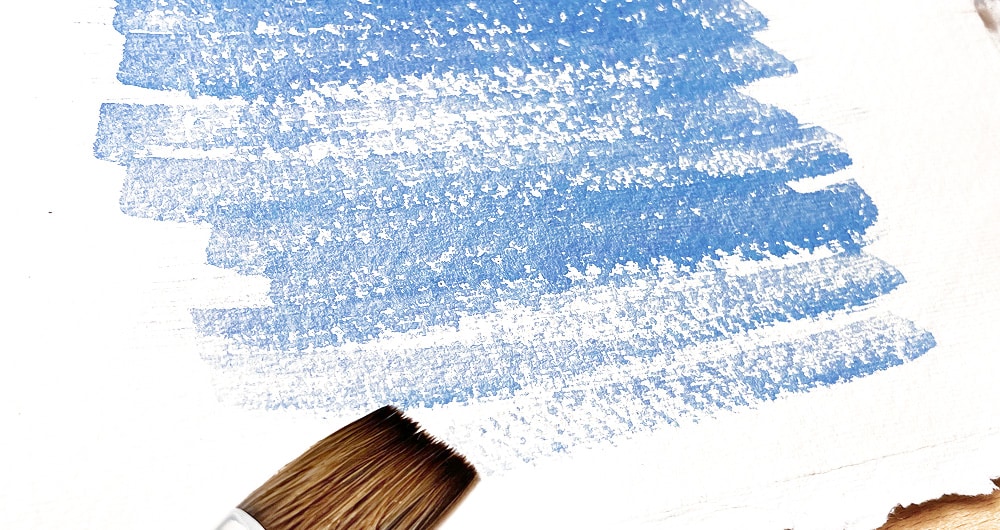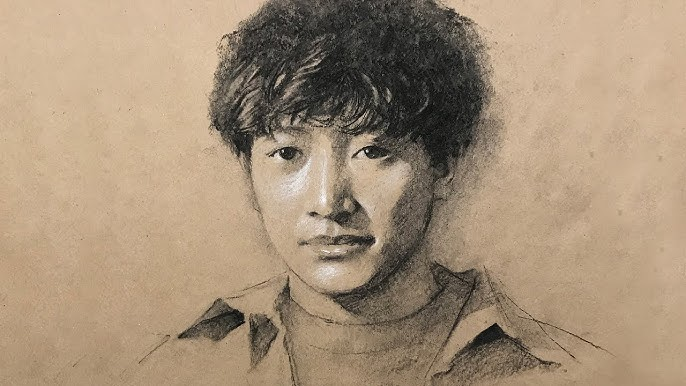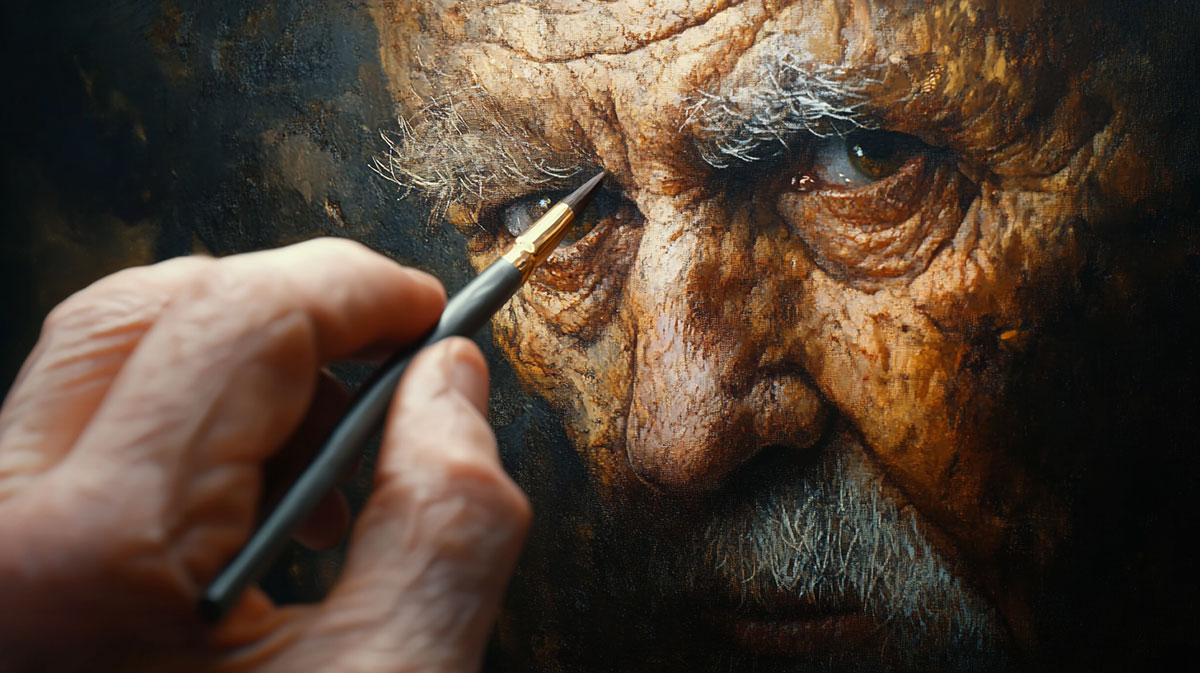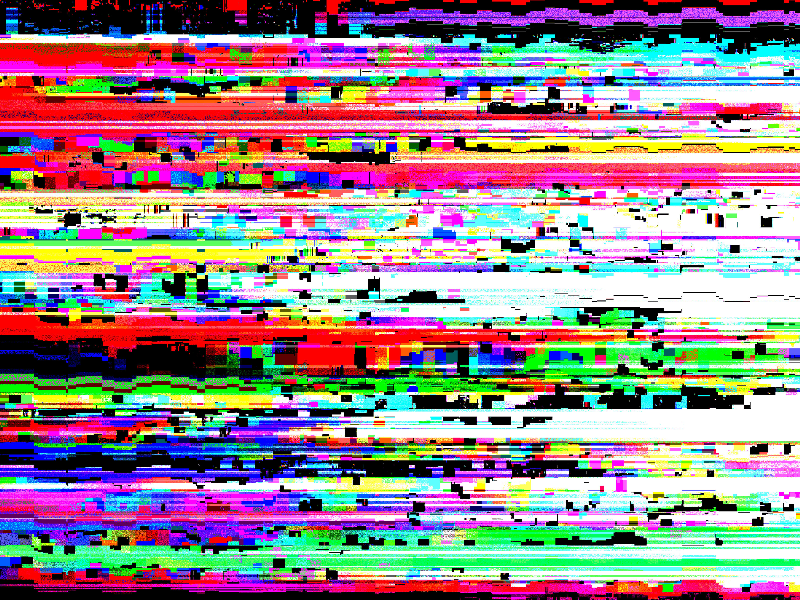The dry brush technique is a classic painting method, but when applied to textured surfaces, it opens up new possibilities for depth and detail. This technique involves loading a small amount of paint onto a dry brush and lightly sweeping it across the surface, allowing the raised areas to catch the pigment while leaving the recesses untouched. It’s especially powerful when working on canvas with modeling paste, textured gesso, wood grain, or even mixed-media collage backgrounds.
To achieve the best results, choose a stiff-bristled flat or round brush and use thick-bodied acrylic or oil paint. The key is restraint—dab excess paint off the brush before touching the surface. This controlled approach lets you highlight ridges and patterns without overpowering the underlying texture. Artists often use dry brushing to simulate weathering effects, aged wood, stone textures, or fabric folds in portrait work. It’s also popular in miniature and furniture painting for its ability to produce vintage or rustic finishes.
This technique isn’t just about aesthetics—it trains your hand to develop precision and pressure control. As you refine your strokes, you’ll discover how light applications of color can dramatically enhance dimensionality. Whether you’re adding detail to a heavily textured base or reviving an old project, dry brushing brings subtle contrast and tactile richness to your work—without overwhelming your original composition.





